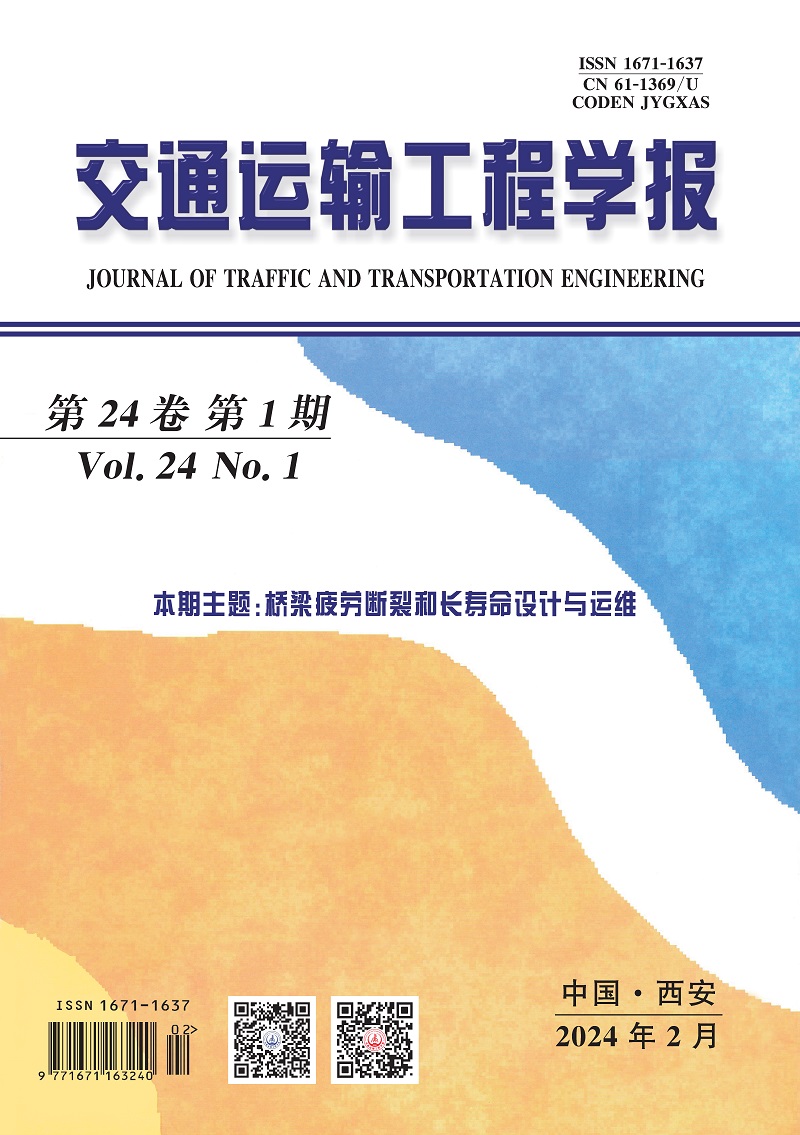2008 Vol. 8, No. 1
Display Method:
Abstract:
2008, 8(1): 1-4.
Abstract:
2008, 8(1): 5-9.
Abstract:
2008, 8(1): 10-14.
Abstract:
2008, 8(1): 15-18.
Abstract:
2008, 8(1): 19-22.
Abstract:
2008, 8(1): 23-26.
Abstract:
2008, 8(1): 27-30.
Abstract:
2008, 8(1): 31-35.
Abstract:
2008, 8(1): 36-41.
Abstract:
2008, 8(1): 42-46.
Abstract:
2008, 8(1): 47-53.
Abstract:
2008, 8(1): 54-60.
Abstract:
2008, 8(1): 61-67.
Abstract:
2008, 8(1): 68-72.
Abstract:
2008, 8(1): 73-77.
Abstract:
2008, 8(1): 78-82.
Abstract:
2008, 8(1): 83-88.
Abstract:
2008, 8(1): 89-96.
Abstract:
2008, 8(1): 97-101.
Abstract:
2008, 8(1): 102-105.
Abstract:
2008, 8(1): 106-112.
Abstract:
2008, 8(1): 113-117.
Abstract:
2008, 8(1): 118-122.
Abstract:
2008, 8(1): 123-126.




